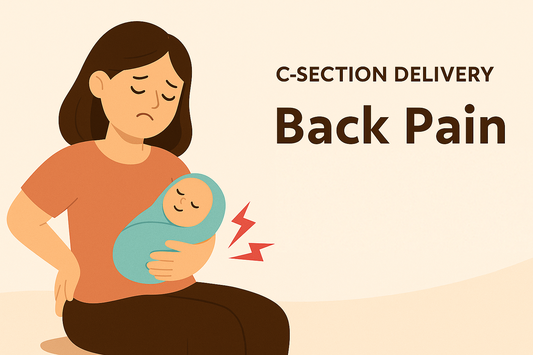
Dangers of Untreated Rheumatoid Arthritis in Young Adults

Rheumatoid Arthritis (RA) isn’t just another “joint problem.” It’s an aggressive autoimmune disease that, if ignored, can silently damage your body — from joints to organs — and reduce life expectancy. Here’s why early detection and treatment are essential.
What Is Rheumatoid Arthritis (RA)?
RA is an autoimmune disease where the immune system mistakenly attacks the lining of joints (synovium). This causes chronic inflammation, leading to swelling, pain, and joint deformity over time.
People most at risk of developing rheumatoid arthritis (RA) include:
- Women, especially between ages 30–60
- Those with a family history of RA
- Smokers and those exposed to secondhand smoke
- People with obesity or poor metabolic health
- Individuals with hormonal changes (e.g., post-pregnancy or menopause)
Symptoms
Unlike osteoarthritis, which is wear-and-tear related, RA is systemic — it affects the entire body.
1. Irreversible Joint Damage
RA eats away at cartilage and bone. Without treatment, joints become permanently damaged, leading to:
- Deformities (especially in hands, knees, and feet)
- Limited range of motion
- Muscle wasting due to disuse
- Early disability
Studies suggest that within 2 years of onset, up to 70% of patients show joint damage on X-ray.
2. RA and the Heart: A Dangerous Link
RA inflammation extends beyond joints and increases the risk of:
- Atherosclerosis (narrowed arteries)
- Heart attack and stroke
- Pericarditis and myocarditis
A 2020 meta-analysis found that RA patients have a 50% increased risk of cardiovascular disease, especially if RA remains uncontrolled.
3. Organ Damage Is Common
RA can affect:
- Lungs – causing interstitial lung disease (ILD), which affects up to 10% of RA patients
- Eyes – leading to dry eyes or scleritis
- Kidneys – due to medication toxicity or the disease itself
- Nerves – peripheral neuropathy is common in advanced RA
4. Mental and Emotional Toll
Chronic pain, fatigue, and fear of disability can lead to:
- Depression
- Anxiety
- Sleep disturbances
- Social isolation
RA patients are 2–3x more likely to develop depression than the general population.
How Is RA Diagnosed?
Doctors use a combination of:
- Blood tests (RF, anti-CCP, ESR, CRP)
- Imaging (X-rays, MRI, ultrasound)
- Physical exam of joints
If you experience morning stiffness lasting over 30 minutes, joint swelling, or fatigue, consult a rheumatologist.
Early Treatment = Better Outcomes
RA is most manageable within the first 6 months of symptom onset. Known as the window of opportunity, this is when treatment can prevent:
- Long-term joint destruction
- Need for surgery
- Systemic complications
Disease-modifying anti-rheumatic drugs (DMARDs) and biologics can slow progression, reduce inflammation, and improve life expectancy.
Final Thoughts: Don’t Wait to Act
RA can be subtle at first but devastating if ignored. With proper treatment and lifestyle changes (diet, exercise, stress management), most people can live full, active lives.
Learn More About Zanskar Health
If you have joint pain, muscle pain or headaches that makes it hard to move, Zanskar offers the most advanced full stack pain relief solutions for you.
Now available to purchase, Zanskar® pain-care range have unique bio-active formulations. It provides lasting relief from muscle and joint discomfort that you can feel good about. Get your fix before stocks run out - buy now.
You can also gain access to therapeutic exercises and stretches for your condition by downloading the Zanskar Health physiotherapy mobile app. Additionally, you’ll have a personal care team to guide, support, and tailor our program to you, including behavioral and nutritional coaching.
Download our mobile app here 👉 download and track your exercise streak.
Medical Review: This article is written and medically reviewed by Dr Nishtha Mittal (Senior Health Content Editor at Zanskar Health). This article and its contents are provided for educational and informational purposes only and do not constitute medical advice or professional services specific to you or your medical condition.







